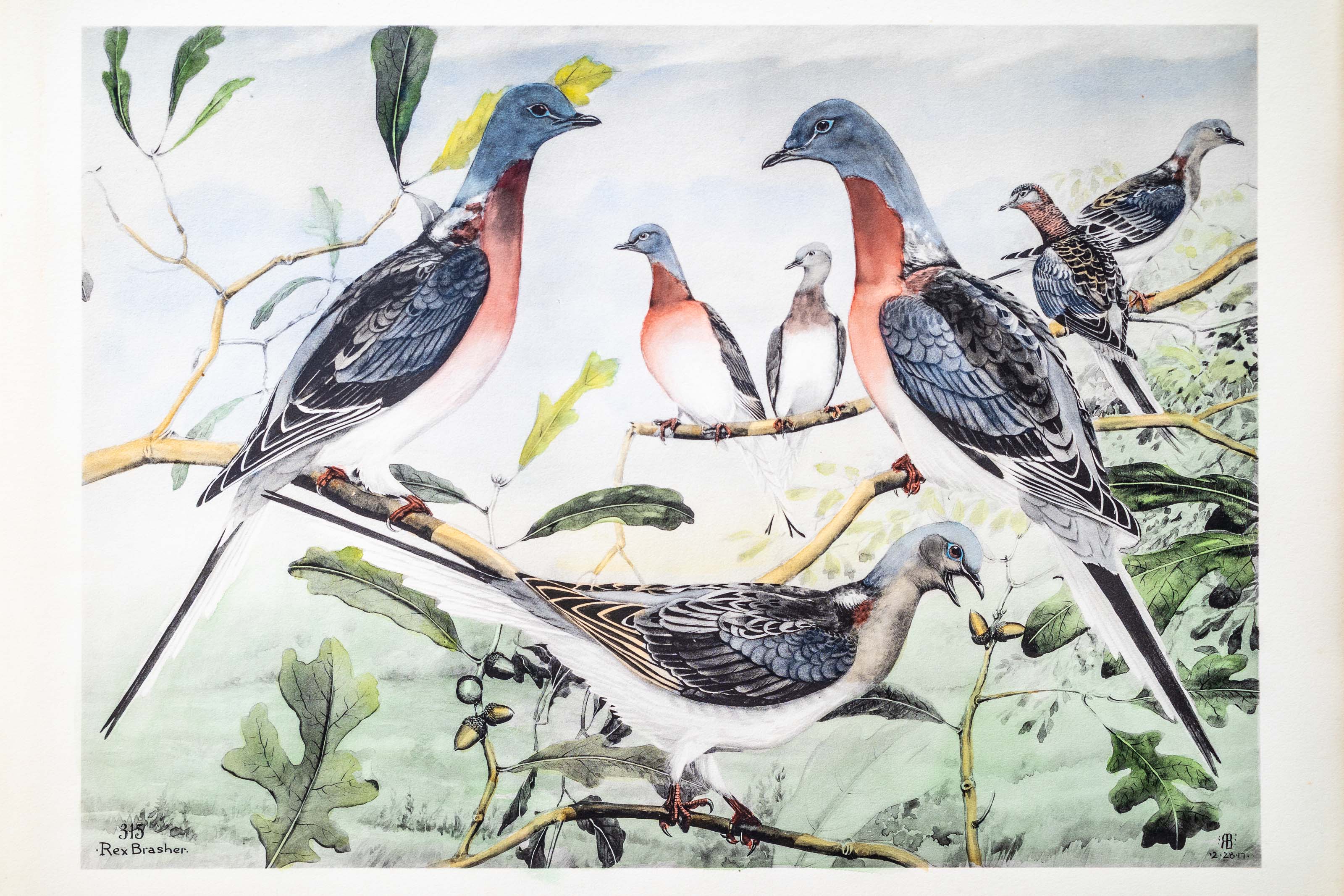
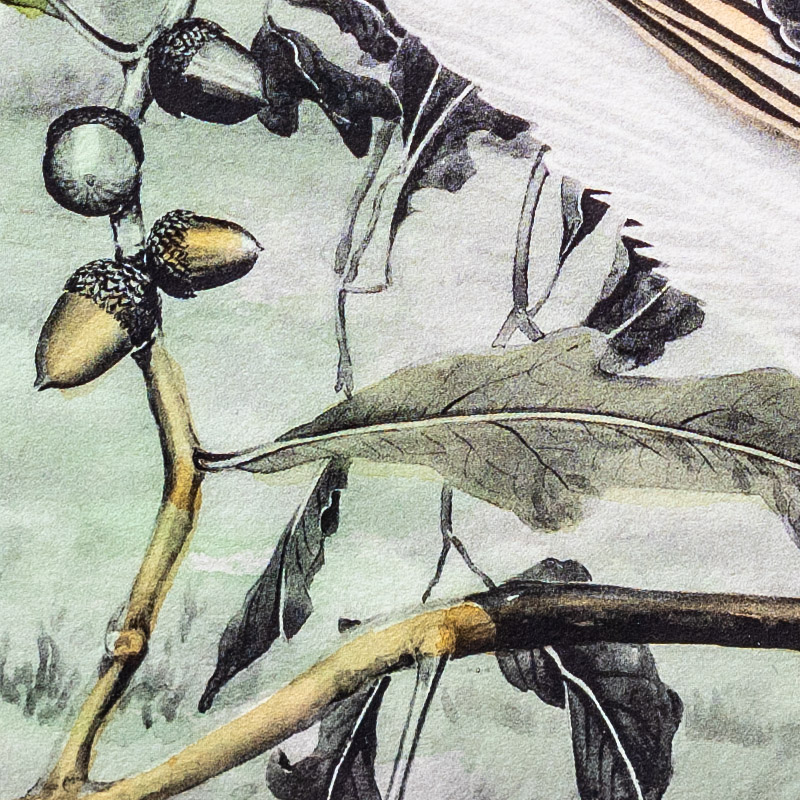
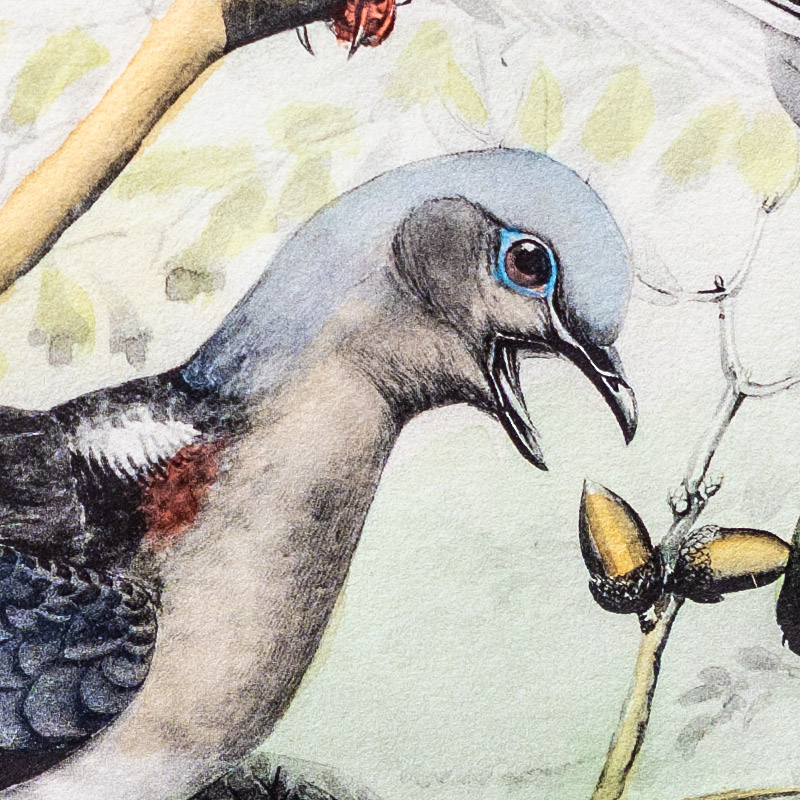
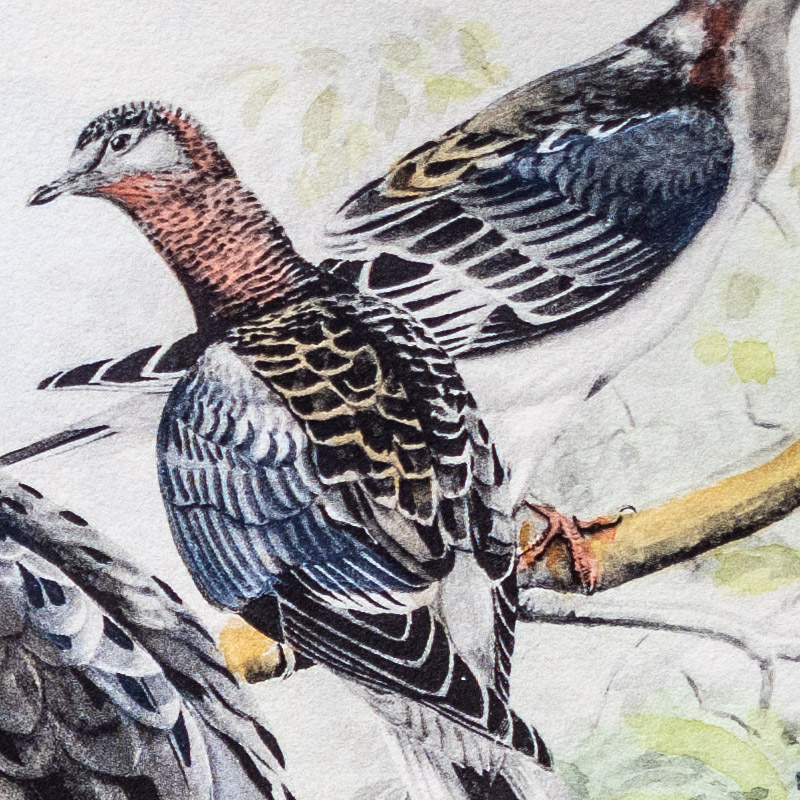
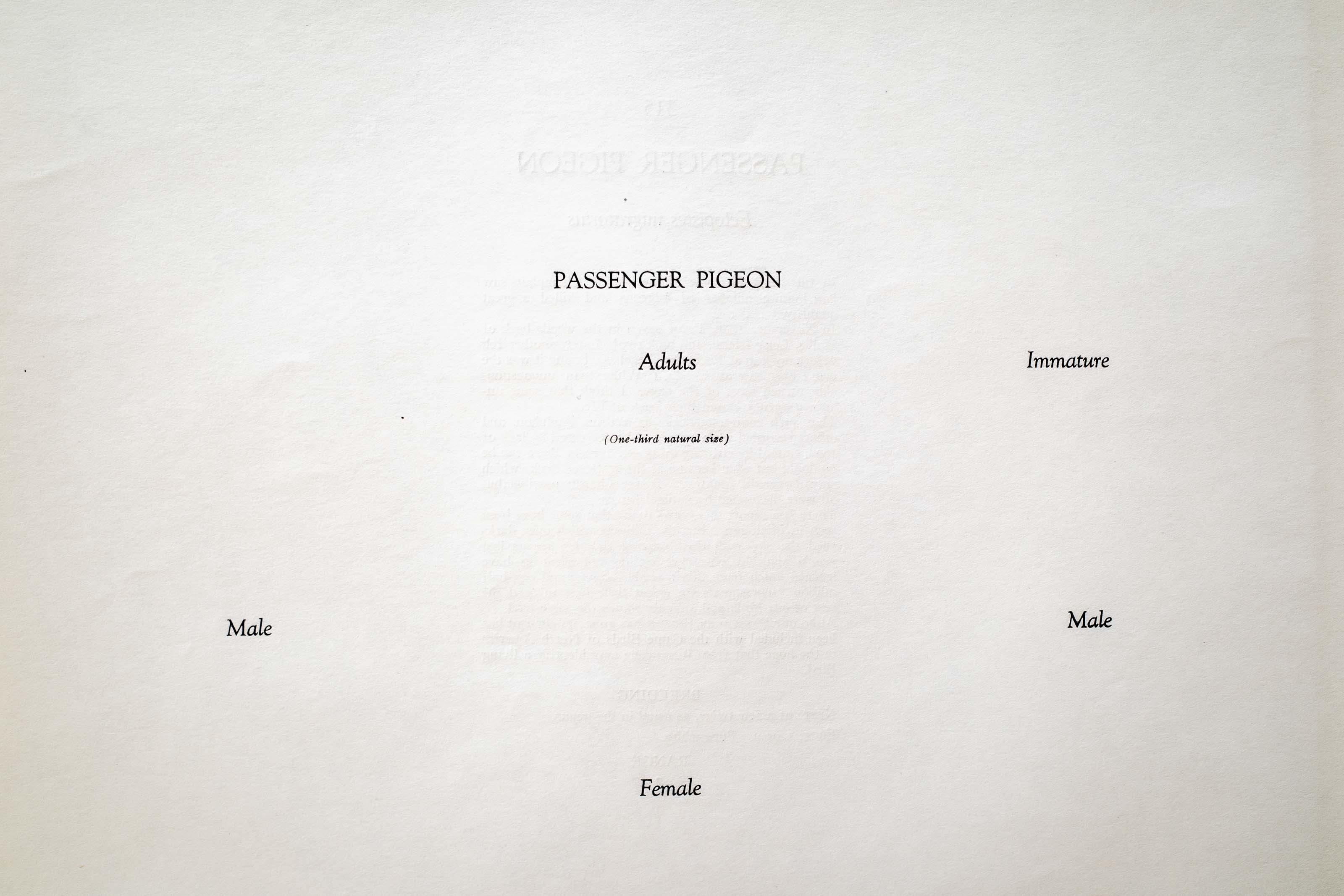
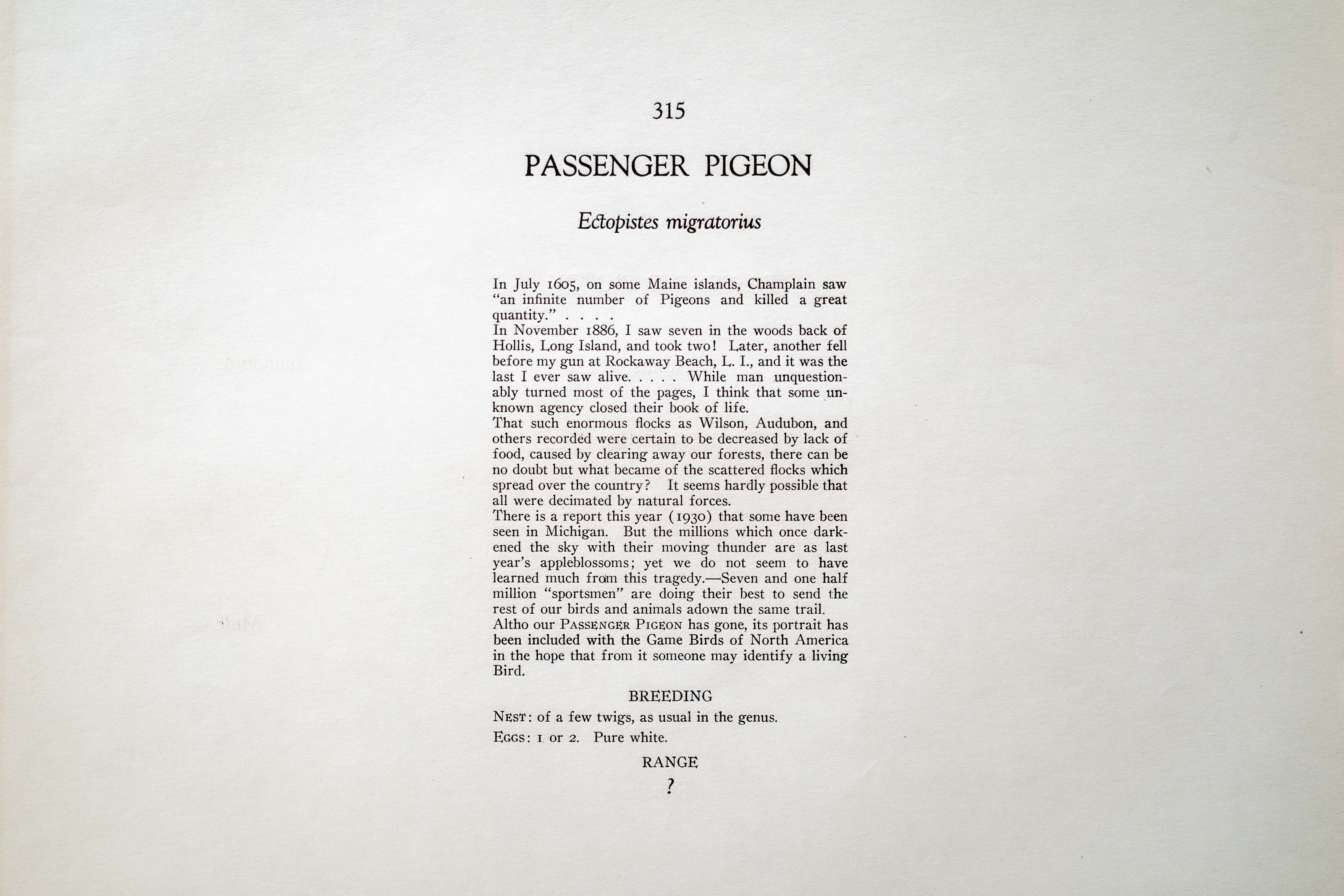

1917
1930
5
315
A team of dedicated board members, volunteers, and student interns has published every page in Volume 9. This volume includes 360 images of paintings and lyrical descriptions of birds, now available online for everyone to enjoy anywhere in the world. This is a monumental task. Each volume requires approximately 400 hours to photograph, edit, transcribe, catalog, and publish online. We need your support to complete this work.
If you're tech-savvy, have a good eye, are meticulous with details, and love structured data, please consider volunteering by emailing us at hello@rexbrasher.org.
We encourage all bird lovers and supporters to consider a monetary donation to support our mission to make Rex's work available for everyone. You can provide a one-time or recurring donation online.
In July 1605, on some Maine islands, Champlain saw "an infinite number of Pigeons and killed a great quantity." . . . .
In November 1886, I saw seven in the woods back of Hollis, Long Island, and took two! Later, another fell before my gun at Rockaway Beach, L. I., and it was the last I ever saw alive. . . . . While man unquestionably turned most of the pages, I think that some unknown agency closed their book of life.
That such enormous flocks as Wilson, Audubon, and others recorded were certain to be decreased by lack of food, caused by clearing away our forests, there can be no doubt but what became of the scattered flocks which spread over the country? It seems hardly possible that all were decimated by natural forces.
There is a report this year (1930) that some have been seen in Michigan. But the millions which once darkened the sky with their moving thunder are as last year's appleblossoms; yet we do not seem to have learned much from this tragedy. — Seven and one half million "sportsmen" are doing their best to send the rest of our birds and animals adown the same trail.
Altho our PASSENGER PIGEON has gone, its portrait has been included with the Game Birds of North America in the hope that from it someone may identify a living Bird.
NEST: of a few twigs, as usual in the genus.
EGGS: 1 or 2. Pure white.
?